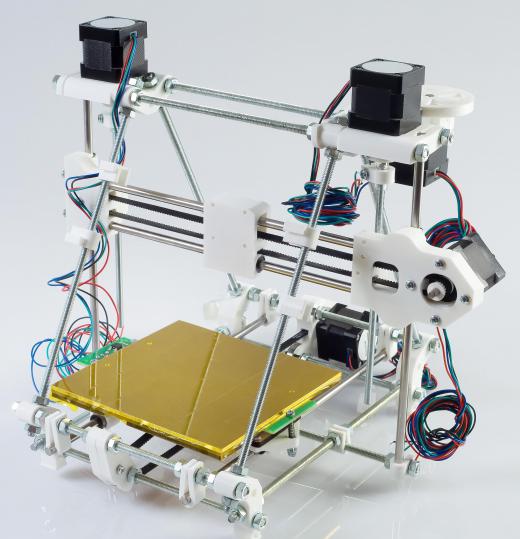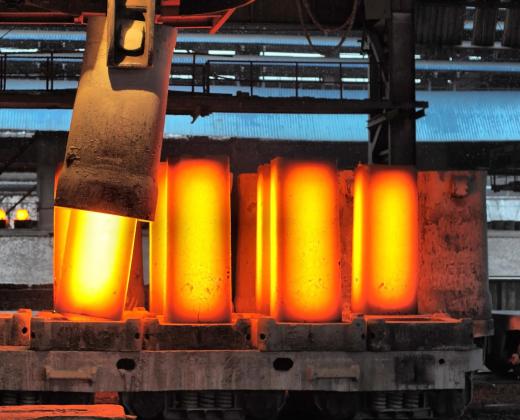Manufacturing uses a series of tools and methods to create a product as quickly, inexpensively and consistently as reasonably possible. When creating a manufacturing process, the most basic thing to consider is whether the process and the product are safe when operated as designed. Safe manufacturing means a well-designed process that uses durable, safe and non-toxic materials. Frequent quality control before, during and after manufacturing the product is a vital part of efficiently designed manufacturing.
The basic parts of the manufacturing process should be designed to meet the desired product cost and specifications, as well as ensure uniformity of results and consistent quality. Once a designer knows the financial and specification limitations for the product, he can create a suitable manufacturing process. When designing this process, some of the most important information to start with includes the design for the item being manufactured, how many items need to be produced, and the size of the item. The theories that help develop a successful manufacturing process are part of what is known as production theory. Common elements of production theory include manufacturing, storing, shipping and packaging.

Manufacturing can be a quick way to create many quality items, but the materials used in the process often face extreme conditions like heat, cold, and pressure. When designing a product, the designer needs to know whether the materials chosen will work for the product after it goes through the stress of manufacturing. Materials can be subjected to processes during manufacturing that change the way they behave, and they can also be exposed to contaminating elements. The heat, pressure and movement involved in manufacturing can make materials either stronger or weaker, depending on their properties.

Consistent quality in manufacturing depends on a tightly regulated and effective quality control process. Usually, quality control examines not only the end result of the manufacturing process, but also the materials and machinery that make the process work. This often means inspecting the materials, tools and machinery before, during and after the manufacturing process.

A designer creating a manufacturing process needs to take into account how materials will behave after they go through manufacturing. For example, the design for a chair would call for the use of materials that make the chair durable enough to allow for the weight of a person sitting on the chair. Ensuring that materials are safe after manufacturing is particularly important in the area of children's products, such as bottles, pacifiers and toys. Companies that make toys must use materials and designs that are strong and safe enough for a parent to rely upon.
